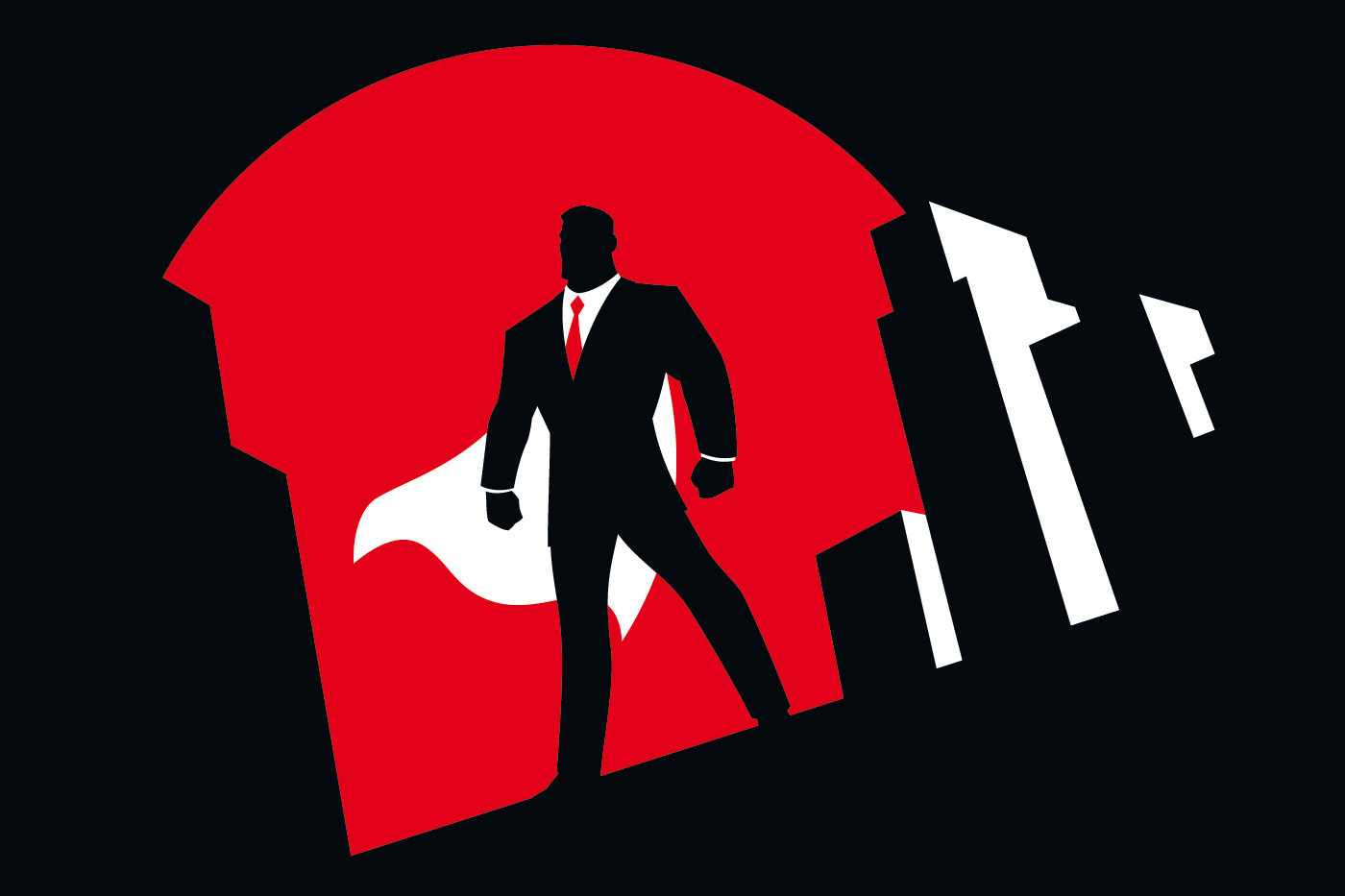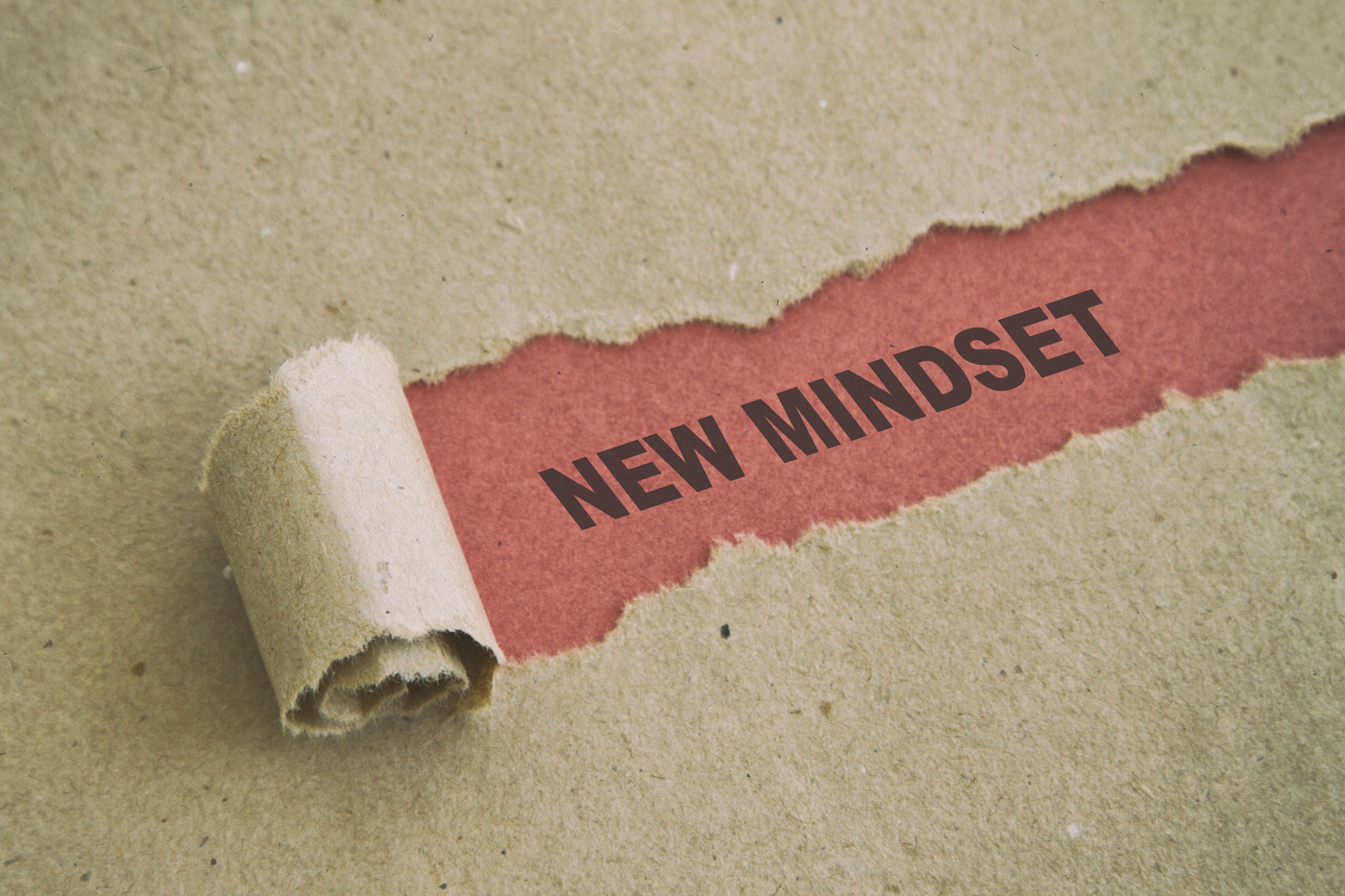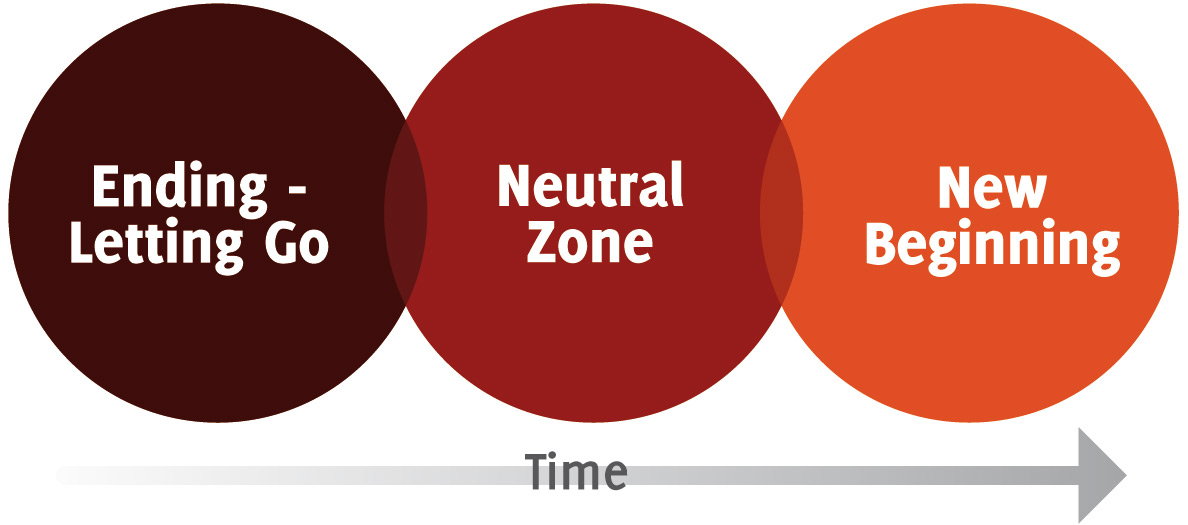Superman Like Adaptability
The keys transitioning quickly in this ever-changing world.

By Derek Ariss
Admission time! Ever since I was a kid, I always liked Superman, but not for the reason’s you would think. It’s not because he could run faster than a speeding bullet, or leap tall buildings in a single bound, or even be more powerful than a locomotive. It was because he had an incredible ability to adapt to changing circumstances and come out on top. I like that quality; dealing with change in a positive way.
Out of uniform, he was a mild-mannered reporter named Clark Kent doing his job reporting the news. And in uniform, he was using his super strengths to do good for himself and the people around him. When a supervillain appeared out of nowhere with a new ‘super’ evil plan, Superman would always go through the same process irrespective of the circumstances. He would stay calm, think things through, try a plan, make mistakes, adjust, learn, and find solutions. This is the type of core behaviour I believe is key to being adaptable. This adaptability lets us navigate and come out on top in this intense, constantly changing world that we live in. By learning how to adapt continuously, we gain a skill that prepares us for the future.
But don’t just take my word for it. The ability to adapt is being identified by many as a core and essential competency.
For instance, a recent Deloitte Malaysia survey focusing on Millennials and Gen Z revealed that these market segments were unanimous in ranking adaptability and flexibility as the number one characteristic for success in a post-pandemic economic environment. Adaptability ranked ahead of expertise and being technological savvy.
However, the significance of being adaptable to changing environments is not a new one, and it has always been an essential quality for survival.
“According to Darwin’s Origin of Species, it is not the most intellectual of the species that survives; it is not the strongest that survives, but the species that survives is the one that is able best to adapt and adjust to the changing environment in which it finds itself.”
– Leon C Megginson, Lessons from Europe for American Business.
Adaptability, according to Darwin, is a survival skill. I agree with that statement and also believe all of us need to become more adaptable now.

Unfortunately, due to a combination of our competitive nature and the continued exponential growth in technology, the time for us humans to adapt is becoming shorter and shorter. To survive in the future, we must learn to adapt quickly.
How do we become more adaptable both from the individual and then from the organisational point of view?
The secret to adapting well maybe within the concept of ‘transitioning’.
When it comes to transitioning through change, there are several well-researched models. My favourite is the Bridges Transition Model. This model helps people understand and manage the personal and human side of change, and it is in this human side where we all need the most help.
What makes the Bridges Transition Model powerful is that it focuses on the transition, not on change.
There is an essential distinction between transition and change.
Change is external and happens to people. When change occurs, it happens quickly, whether or not people agree with it.
Transition, however, is the opposite. It is the internal human reaction to change, and transition deals with people’s mindsets. In other words, the transition is what happens in people’s minds as they go through the change. Even though change (the physical altering of the condition) happens quickly, transition (the internal processing and application of the shift) occurs often more slowly.
Let’s take a closer look at how this occurs.

People enter this first stage of transition when the change is presented to them.
It is critical that when people receive the change that they accept it. Only once this occurs can they move to the next stage.
If someone doesn’t accept the change, then they are stuck in this stage. If they don’t move forward, they will get frustrated, fearful, and insecure. The only productive answer is that we accept the change and in turn, go forward.
Once the change is accepted, then people go through Stage 2—the Neutral Zone. The Neutral Zone is exciting.
It is during this stage that the bridge between the old situation and the new situation is created.
When a person is transitioning in the Neutral Zone, they need to behave like a trapeze artist, moving forward between two bars. The person knows he needs to swing from the bar he is holding, a familiar bar, and release his grasp to grab the next upcoming bar. To make it through this stage, the person transitioning needs to be confident, look forward, and trust that they can change.
Yes, it may seem a little risky, but only when they let go of the ‘old’ first bar and commit to reaching out for the second ‘new’ bar do people progress and give themselves the space to transit.
Notice, one can only reach the second bar by letting go of the first. One cannot do the transition by holding on to both bars.
The final part of the transition is called the New Beginning.
In the New Beginning stage, the person has reached out and grabbed the second bar. They are committed and make things happen.
This is the stage where the person has committed, learned, and is actively adapting. This is where the new change is marked with release energy. There are things to learn, test, and progress with; there is no turning back.
When done properly, the energy in the New Beginning stage is positive; people who leap now will ensure the transition and change work. There may be adjustments, but the commitment to make it work is in place.
It seems like the process is straightforward.
If all it takes to adapt is individual internal commitment, why is this adaptation getting so much attention?
It’s because we, as humans, tend to slow down the process.
It’s not totally our fault. It does have something to do with one of the most powerful primitive emotions we humans have. That is the feeling of fear. We fear the unknown, and we fear having to let go of the old to be able to embrace the new. To be able to transition quickly we need to understand how to manage fear.
In its natural state, fear alerts us of danger, be it in either the physical or psychological. Being warned of danger is a good thing, but it is a poor response when it comes to assisting your ability to adapt in a new situation.
Let’s illustrate how fear of adapting is created and how we can manage it: Imagine that you are sitting on a wooden chair in a strange, pitch-black room, and you have no idea what or who is in the room with you. You hear faint noises, your imagination starts going wild, and sure enough, you start feeling afraid.

Suddenly, the light in the room goes on, and the first thing you do is check the room out. As suddenly as the light came on, your fear goes away. You now know that you and the chair are alone and that there is a door close by. When the light goes out again, you are more at ease, and you know you can walk out whenever you like.
Notice when you have no information, bearings, or position in a completely new and unknown environment, your mind wanders, often to the scariest scenario. However, as soon as you gather relevant information and process it, confidence and control come up, and fear leaves.
The key is ensuring you access new information so that you can feel in control. If the information isn’t available, we need to put effort forward to find it. Once we have the information we feel more stable and more in control.
In the future, to adapt well and quickly, organisations and individuals need to transition from the old to the new. This means that they need to find reasons to want to transition, and internally they need to believe the transitions are a road to a better answer.
To take on a transition requires confidence by having both the new information and emotional stability to commit to change, act upon it, pursue the new direction and never look back. Of course, there will be learnings, but that is all part of getting to a better place.
Sometimes when we don’t have enough information, it will be scary, but as we now know, once we find the correct information, the scariness goes away. We have renewed confidence to continue to adapt, learn, and ultimately grow.
If you doubt this, then take a moment to reflect on a time when you had to go through a positive transition, and it all went well. It might have been a presentation, a skill that you developed, a project you completed, or graduation. We have all gone through positive transitions, and it is essential to remind ourselves that we can do it.
This truly is one of the keys to being adaptable and transitioning quickly in this ever-changing world.
How do I know?…well, Superman told me, and I believe him 🙂.
Derek Ariss is Head of Innovation Education at Lightbulb Capital and is responsible for building the education practice, focusing on creativity, design thinking, technology, culture, and mindset conducive to innovation in finance. Derek also teaches part of the Singapore Management University (SMU) Certificate in FinTech and Innovation course and an Innovation Culture Catalyst course at SMU. He holds an MBA in International Marketing and Strategy and Bachelor of Commerce (Hons) from the University of Windsor, Canada, and a Bachelor of Science in Psychology and Biology.